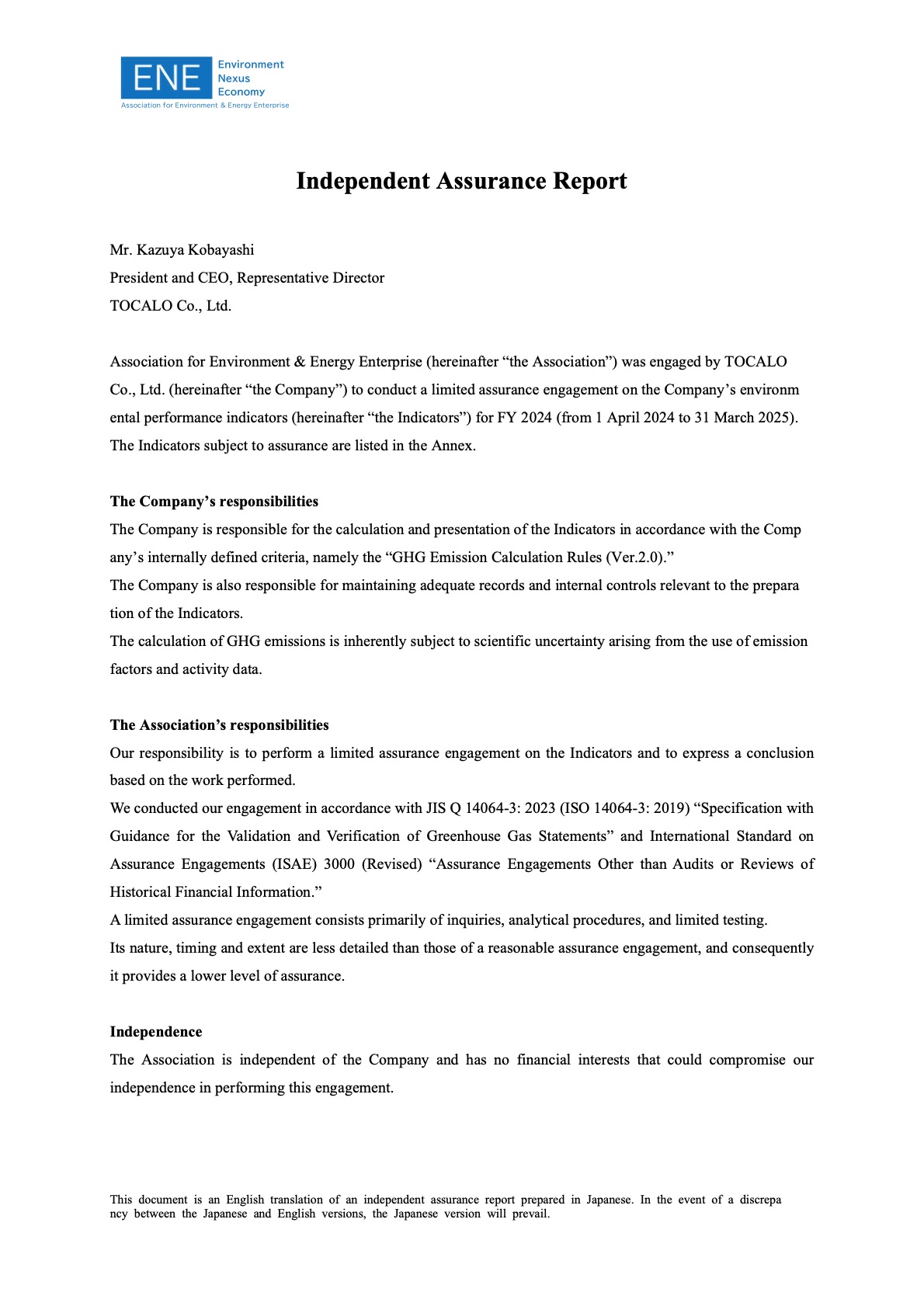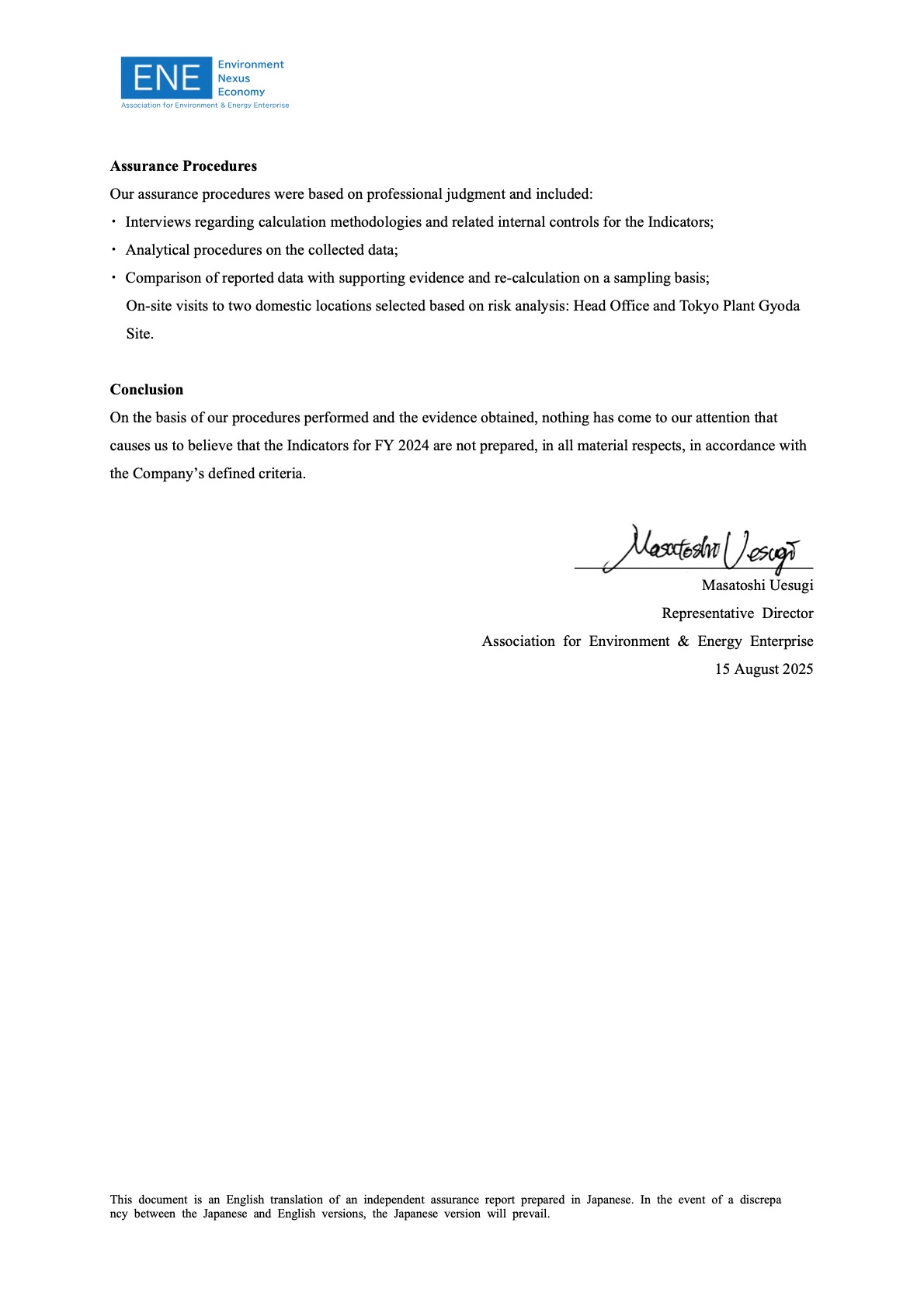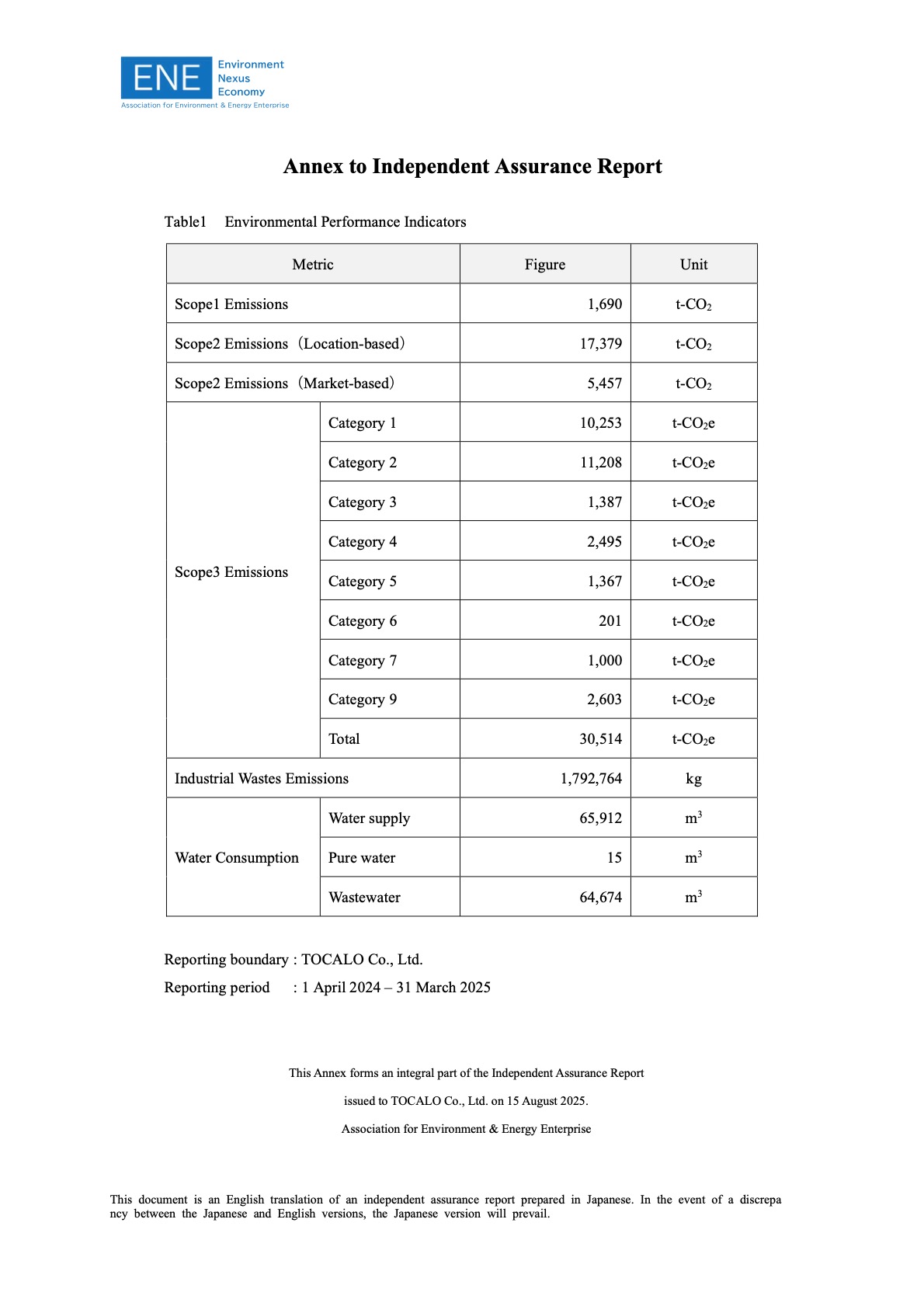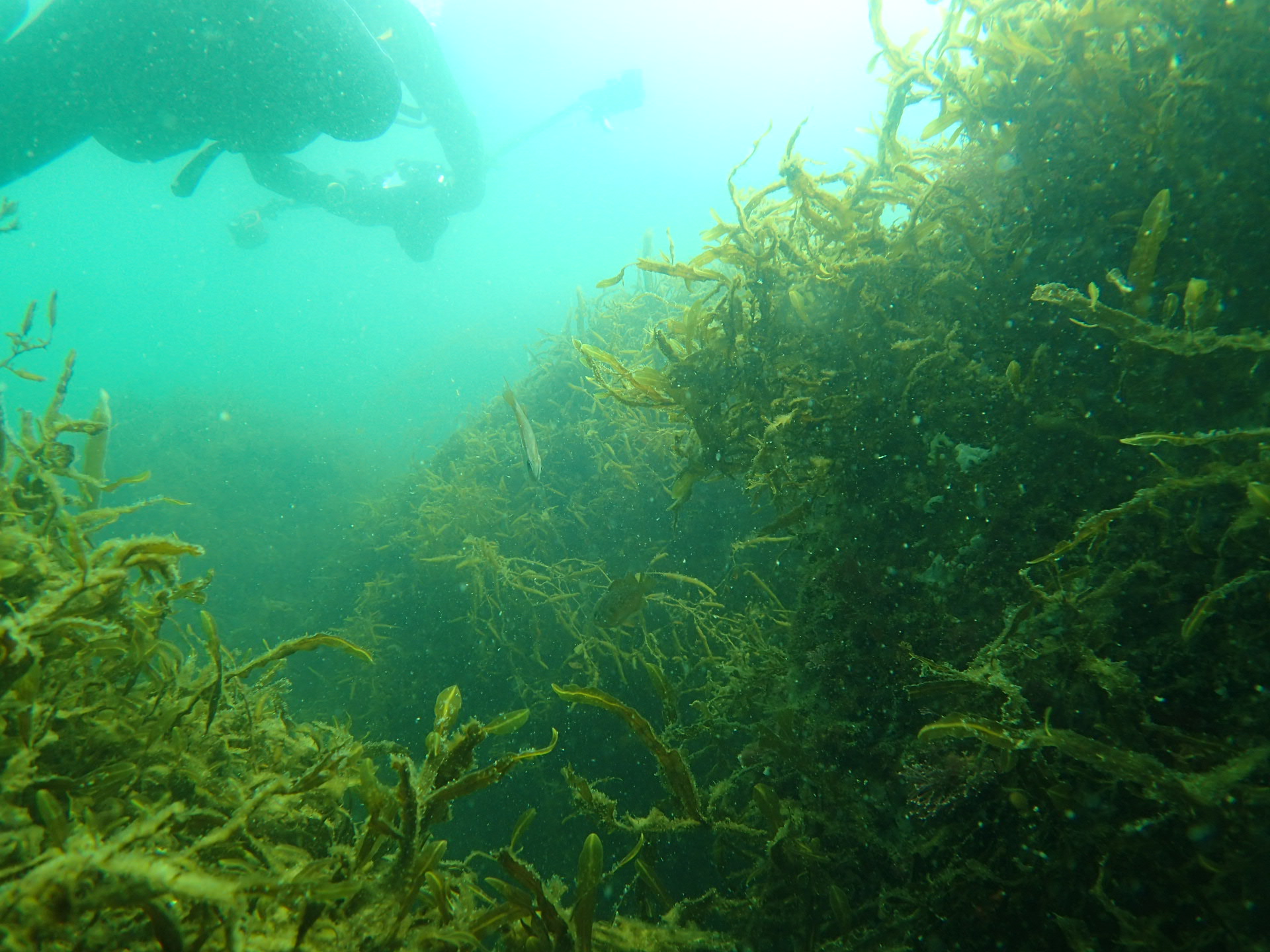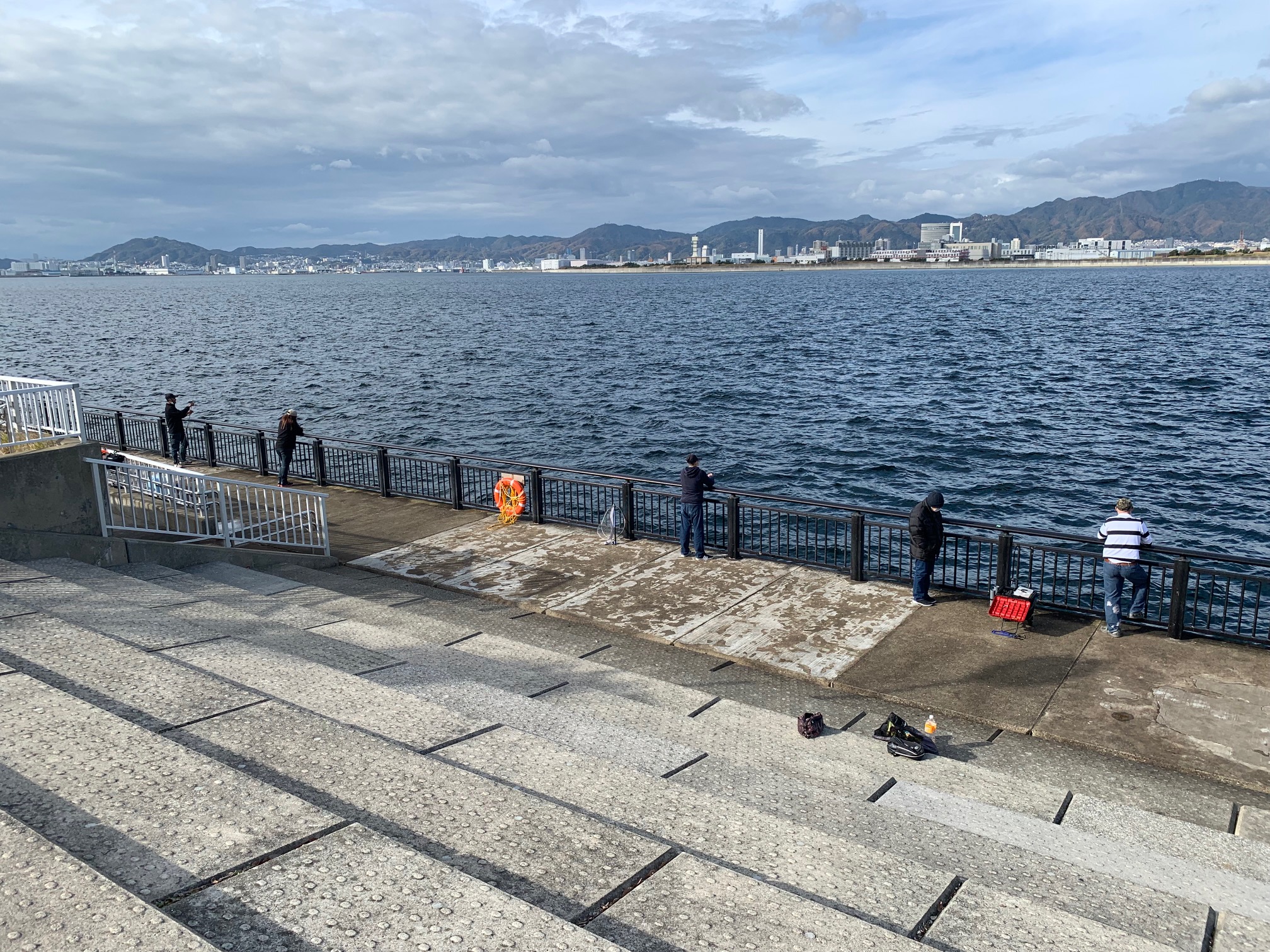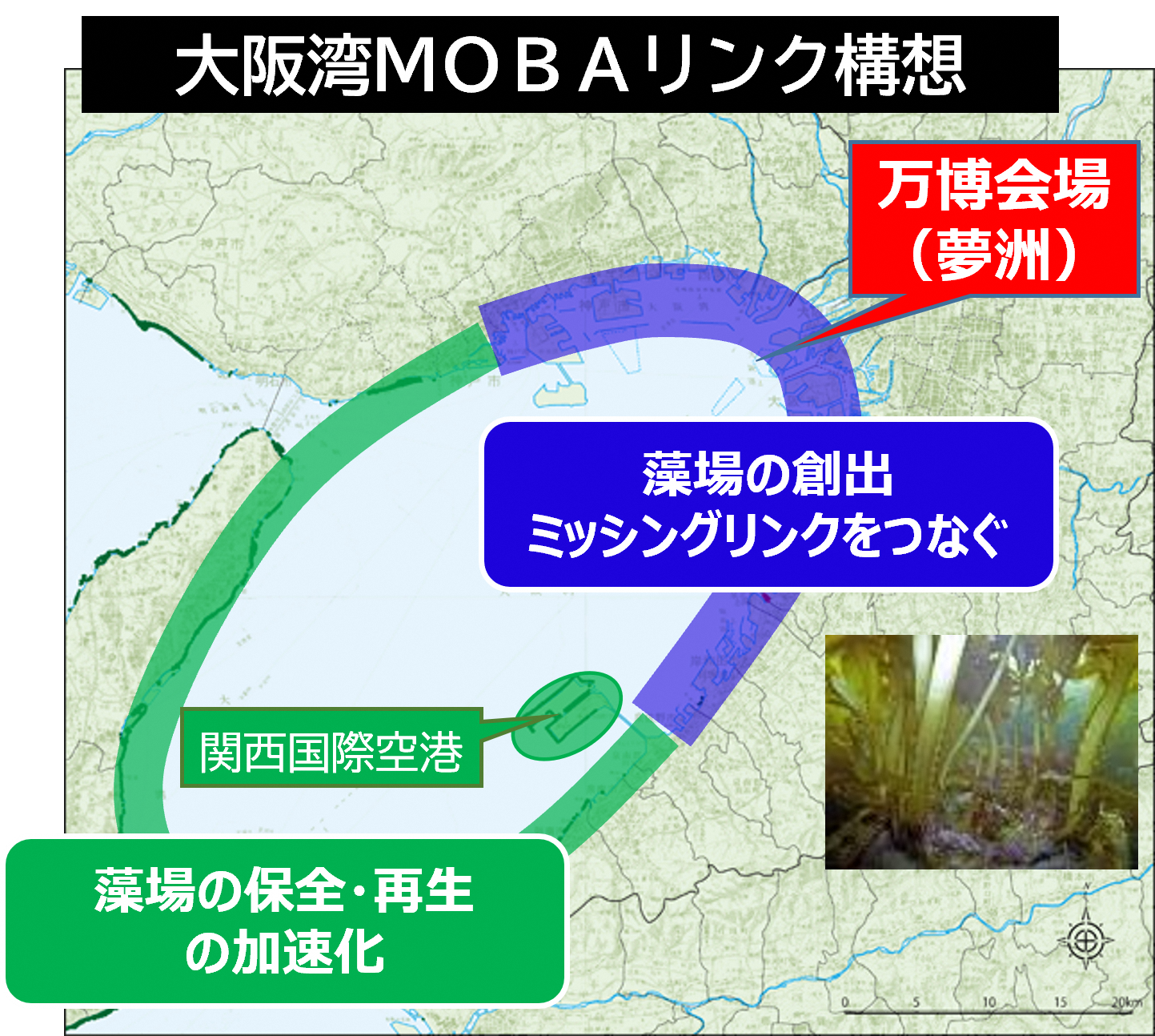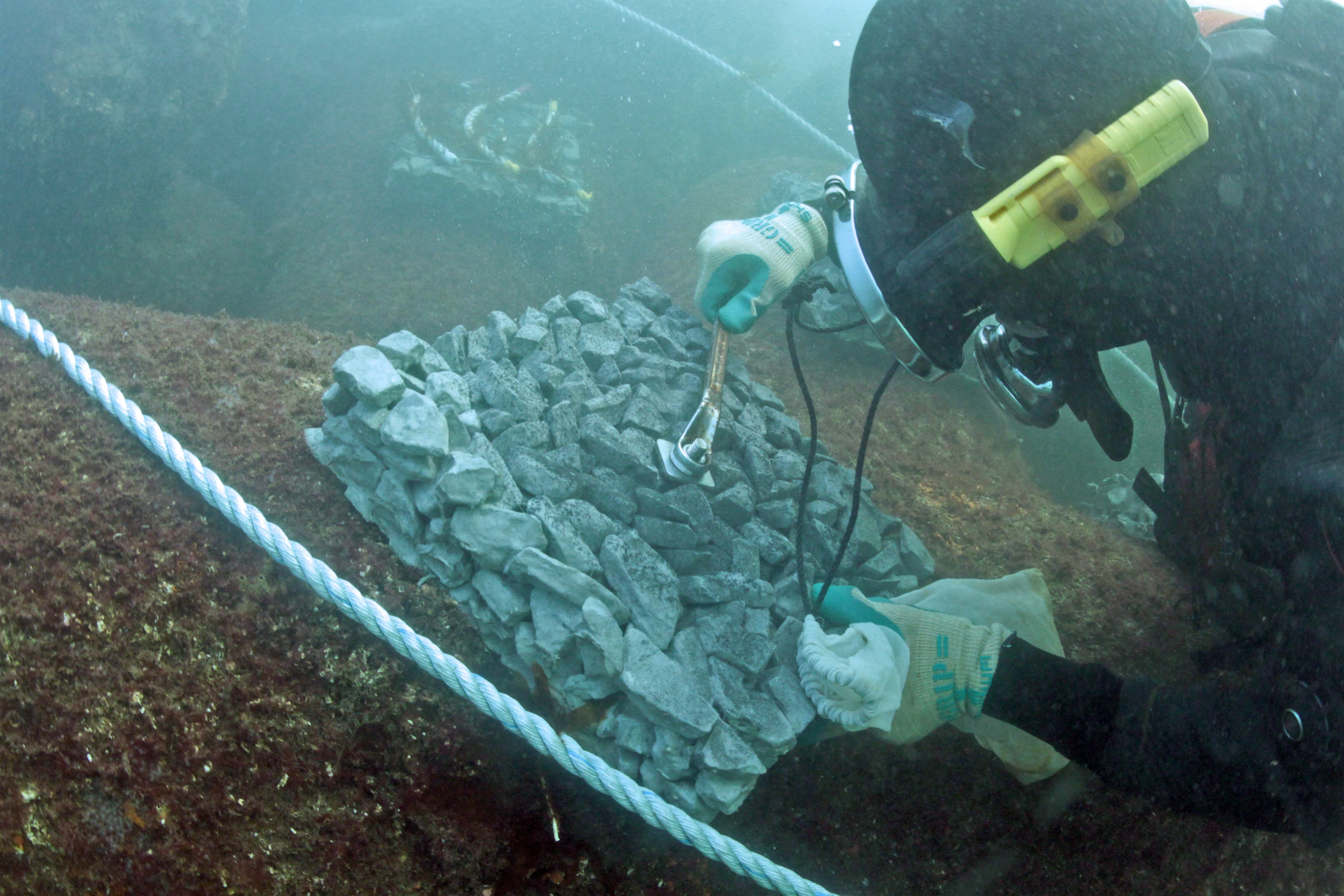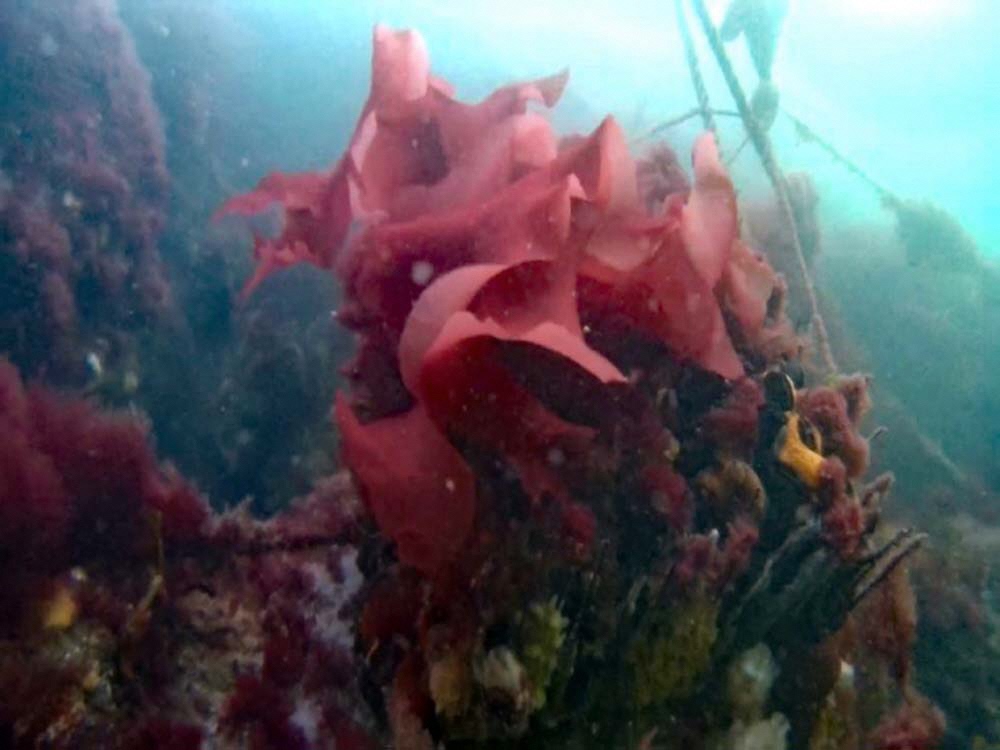SustainabilityEnvironmentClimate change measures
TOCALO is adopting renewable energy sources and implementing other climate change initiatives to reduce CO2 emissions.
Global warming mitigation
We are implementing comprehensive measures to reduce electricity consumption, installing energy-saving equipment, and planning to convert to renewable energy sources.
The Group’s CO2 emissions are primarily the result of the energy sources we use, which include primary energy derived from fossil fuels, such as kerosene, diesel oil, LPG, and city gas, and the secondary energy source of electricity. Converted to CO2, electricity accounts for the vast majority—83.49%—of our CO2 emissions.
TOCALO takes meticulous steps to conserve electricity as a regular part of efficient business
operations while also implementing measures including installing energy-saving equipment and
upgrading aging equipment with environmentally efficient equipment.
We are also taking steps to convert to renewable energy sources that do not emit
CO2 in power generation. These steps include aggressive measures to reduce
CO2 emissions by using solar power to generate our own energy and by purchasing
electricity generated from renewable energy sources.
While electricity consumption increased by 3% year-on-year in fiscal 2024, the effects of energy conservation measures were reflected in a 10% reduction in consumption per unit of sales. In addition, CO2 emissions in fiscal 2024 were 9% lower year-on-year, while CO2 emissions per unit of sales fell by 21% over the same period, thanks to our CO2 emission reduction efforts.
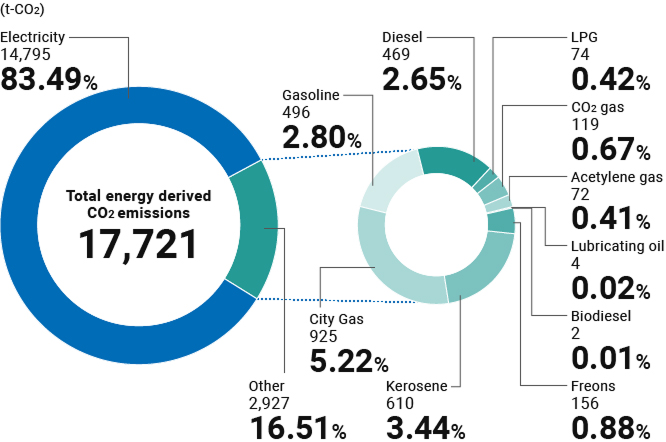
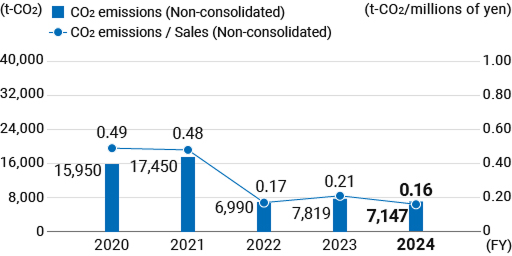
- Adjusted emission coefficients are applied to CO2 emissions from purchased electricity from FY2020 onward.
- CO2 gas added in FY2021, acetylene gas been added in FY2022.
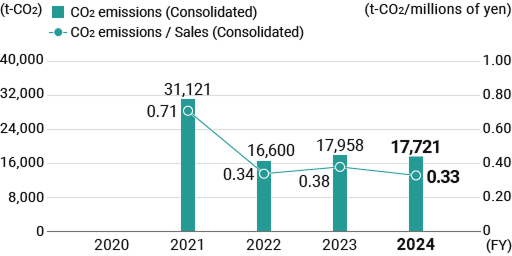
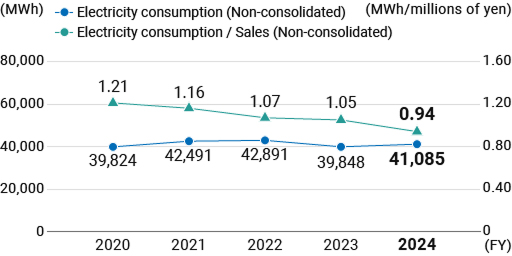
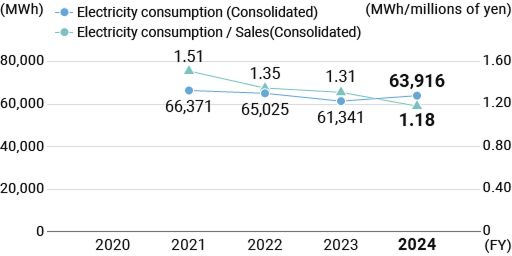
TOPICS
Generating solar power at the Okayama Kurashiki Plant
Okayama Prefecture is known as the “Land of Sunshine” for its low annual rainfall and generally sunny weather. The new plant we opened in Kurashiki, Okayama, in April 2022 is equipped with the Company’s first full-fledged in-house power generation system including approximately 3,500 square meters of solar panels on its expansive roof.
The Kurashiki Plant’s solar power system generated electricity covering 19% of the
plant’s total electricity need in fiscal 2024.
We have also been installing solar panels at other sites. As of June 2024, all of our plants and the technical service center have solar panels and are generating their own power.
Along with improving the efficiency of our production operations, using in-house generated electricity to meet our energy needs is a key step to reducing our CO2 emissions. We plan to take this a step further by introducing in-house power generation that uses renewable energy sources to further reduce our environmental impact and greenhouse gas emissions.
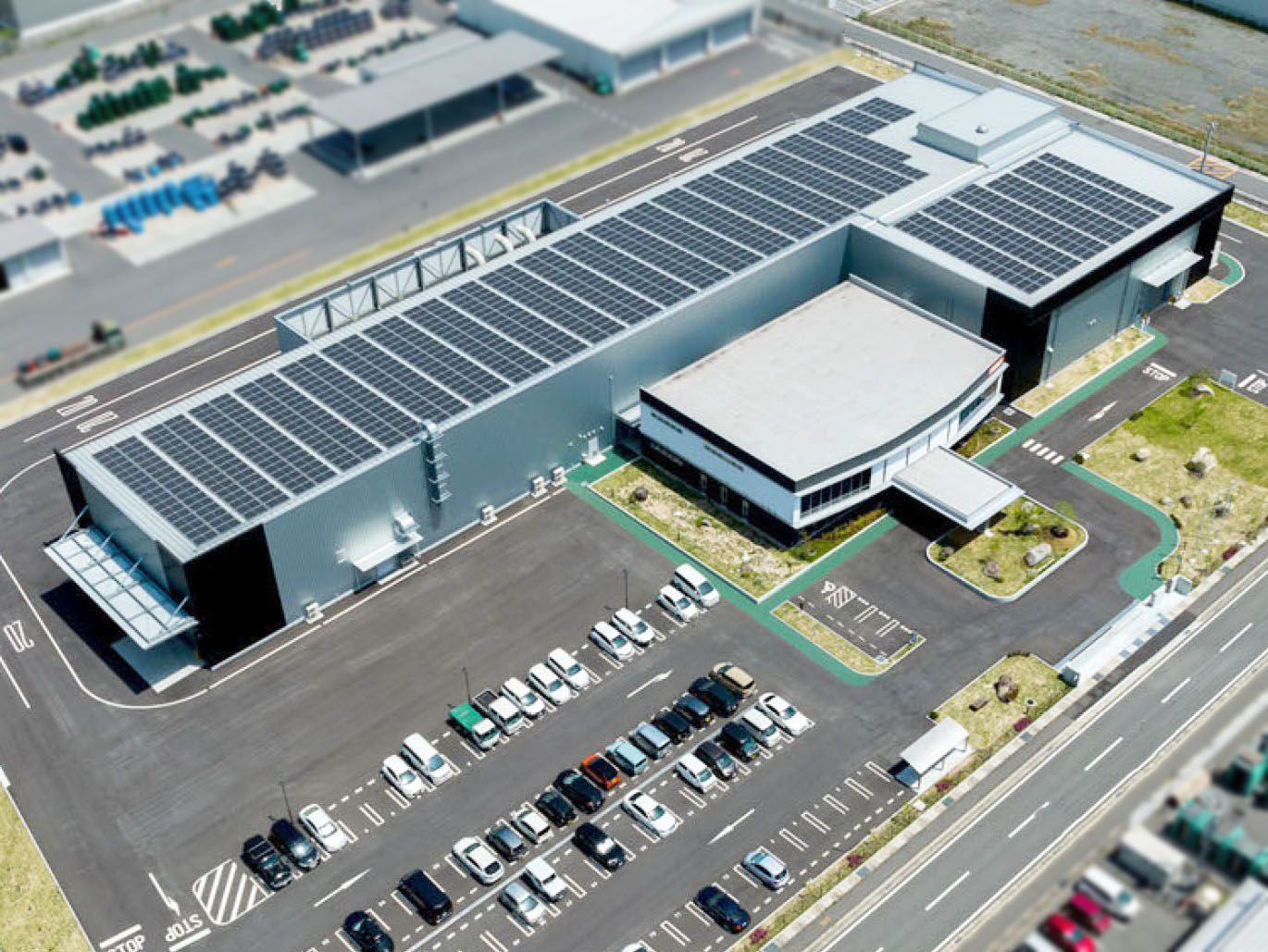
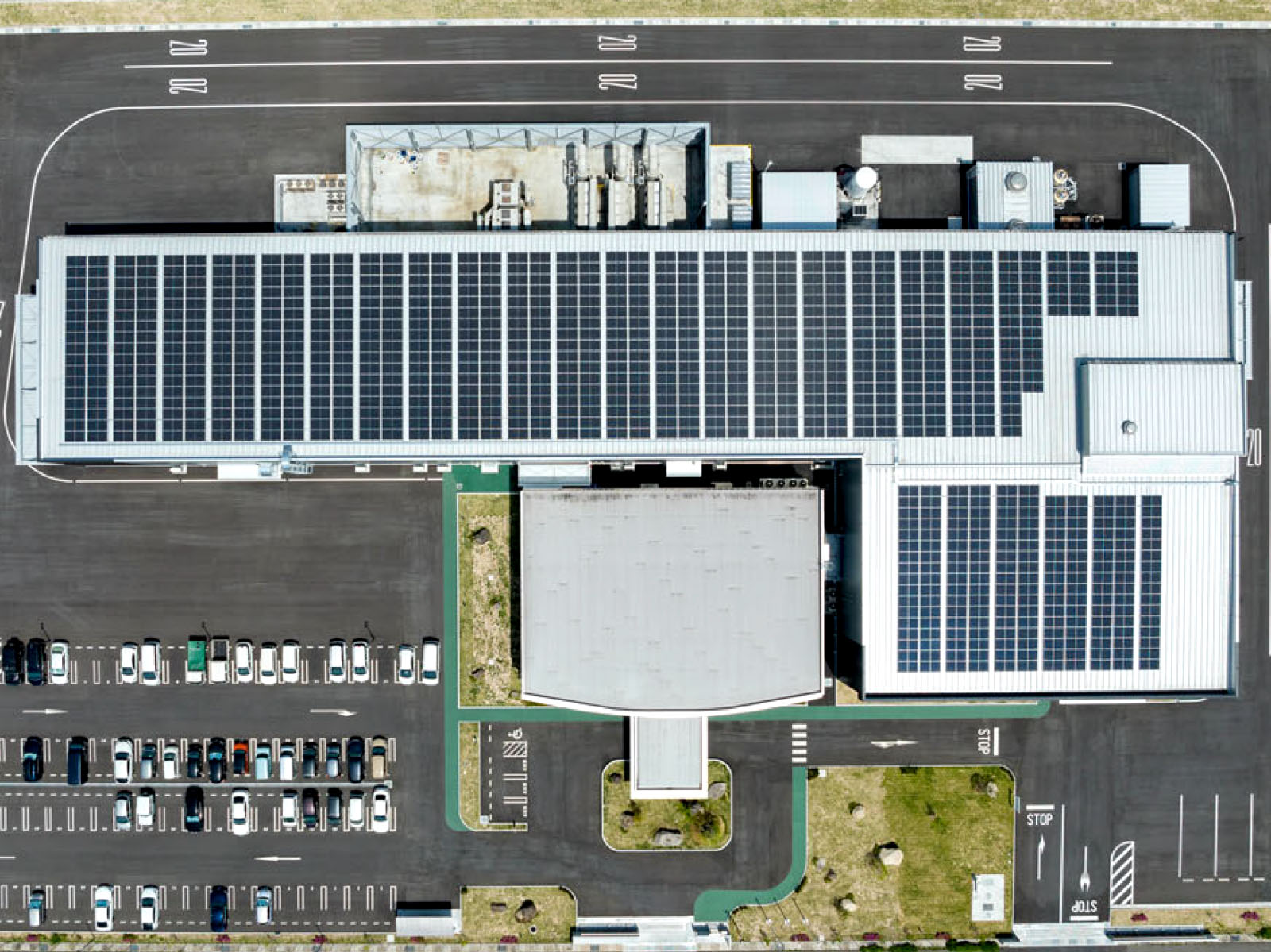
Supporting the Kobe Airport Island Blue Carbon Project
Participation in the Osaka Bay MOBA Link Initiative
CDP certified scores of B for climate change and B- for water security
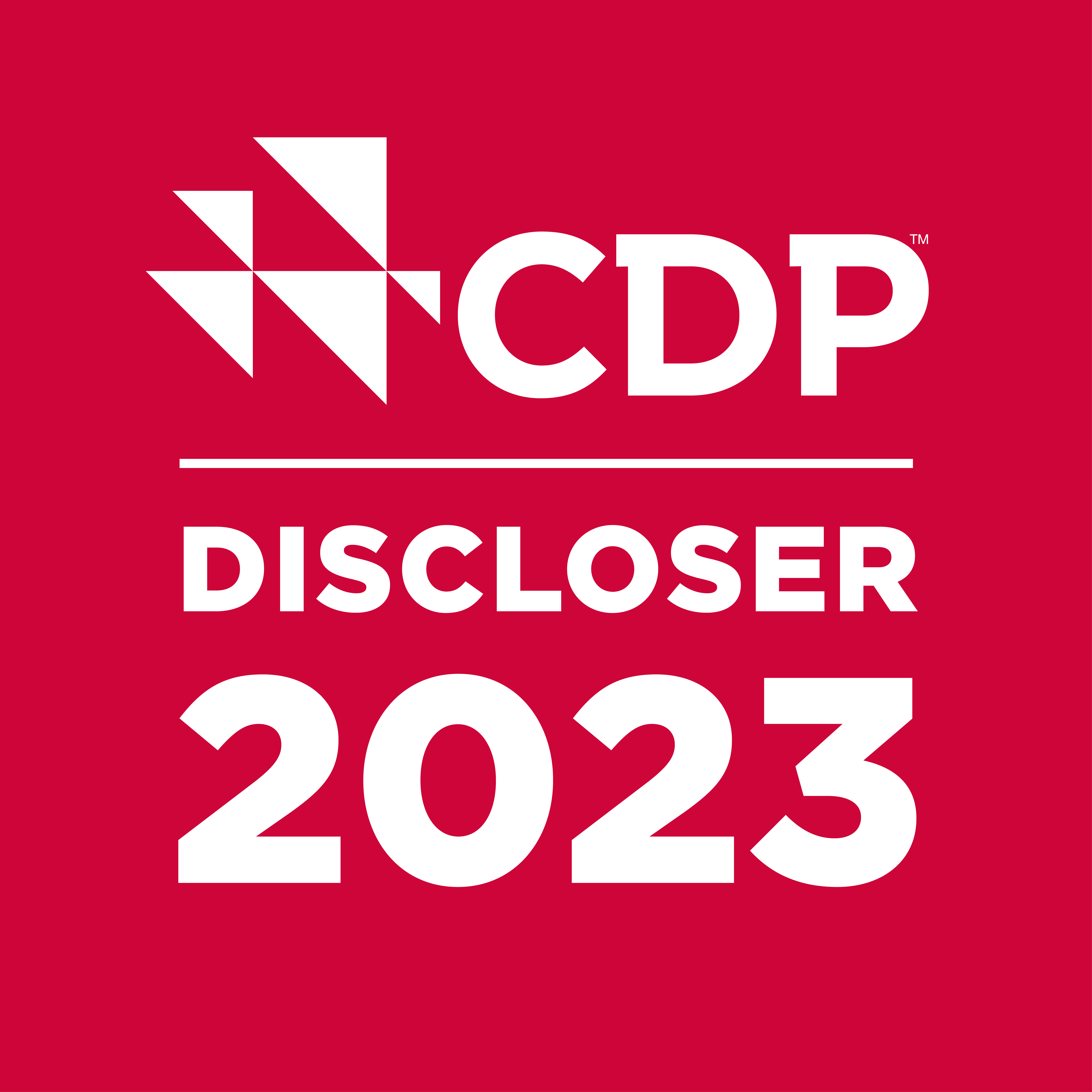
Third-party verification
To ensure our environmental data is transparent and accurate, TOCALO engaged third parties to verify the environmental data for fiscal 2024(April 2024 to March 2025) related to greenhouse gas emissions (Scope 1, 2, and 3), water consumption, and industrial waste emissions.
We continuously seek to ensure the highest quality of data by expanding the verification scope and improving data accuracy.
